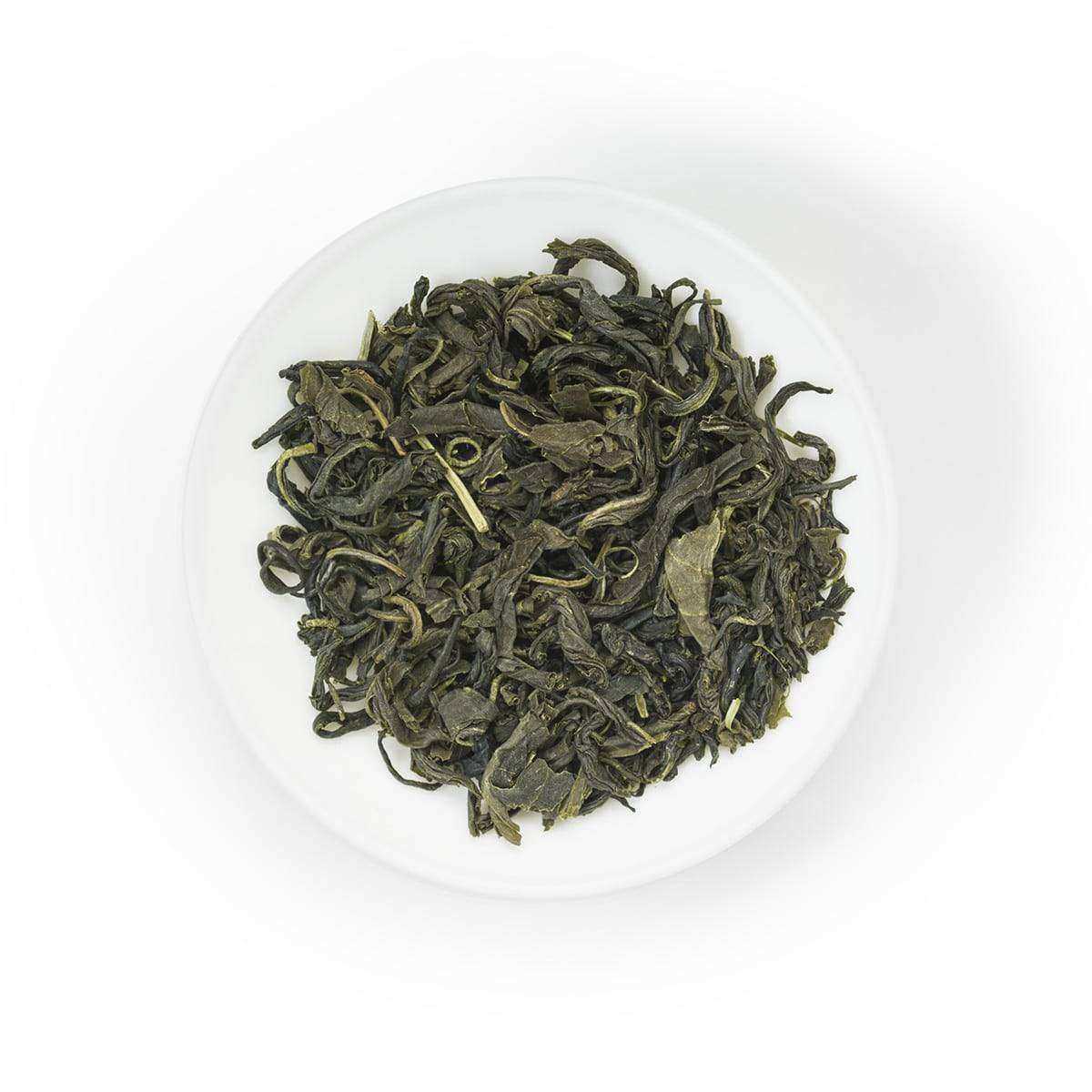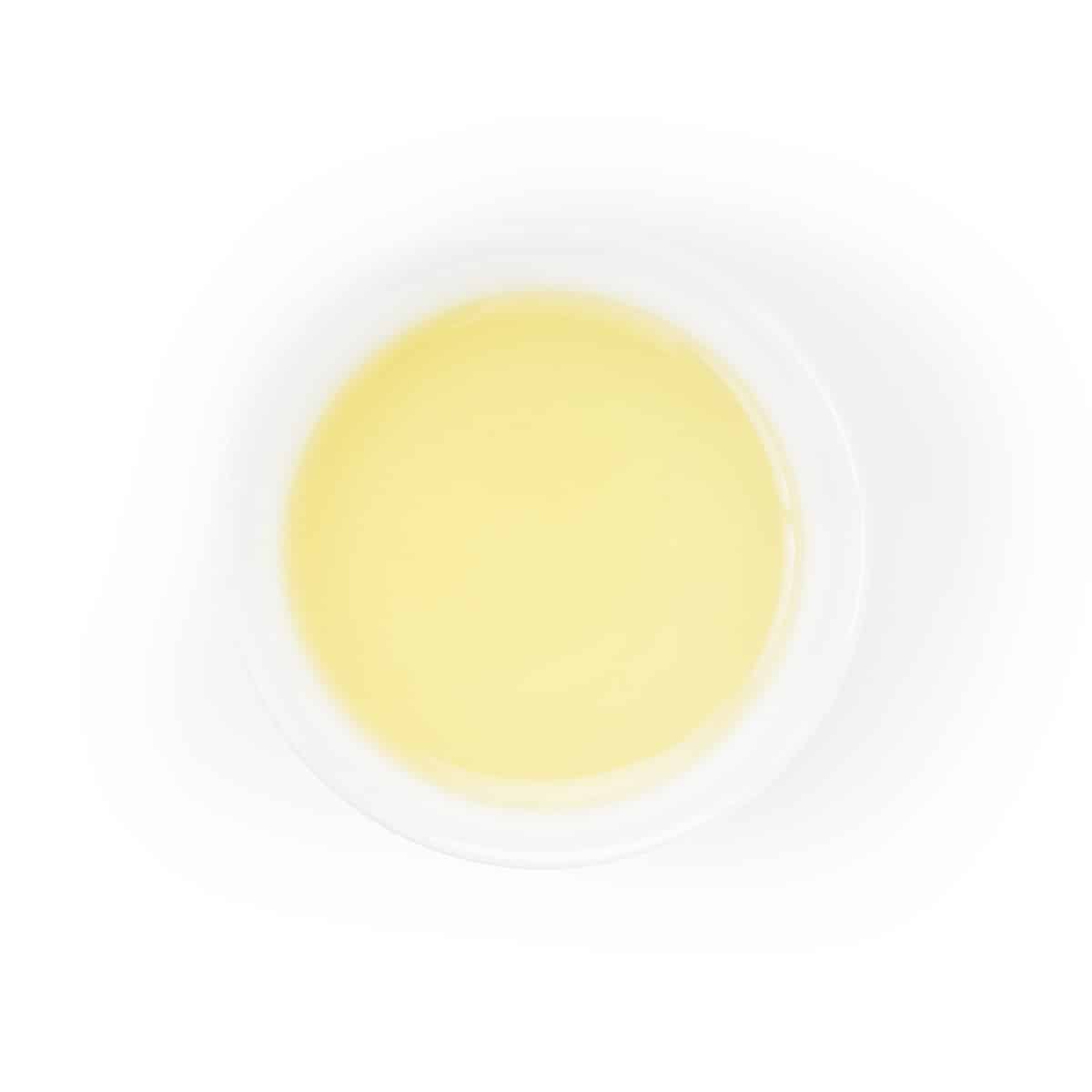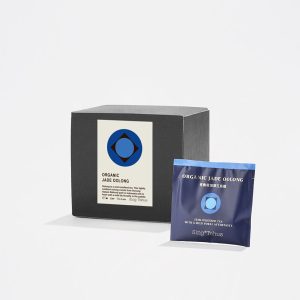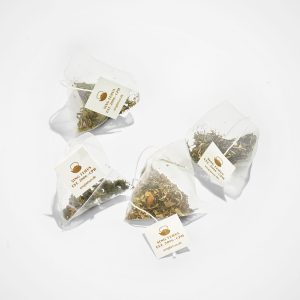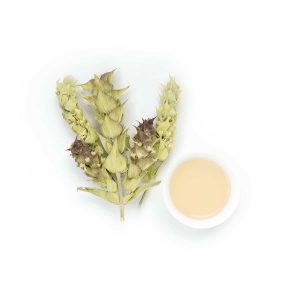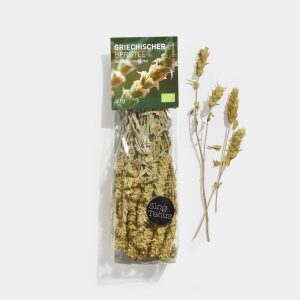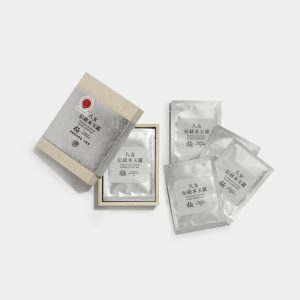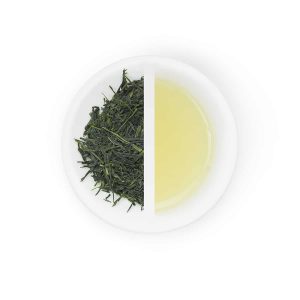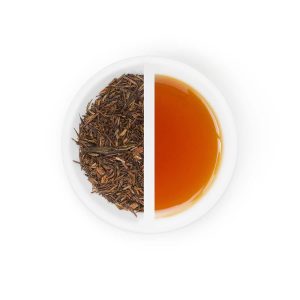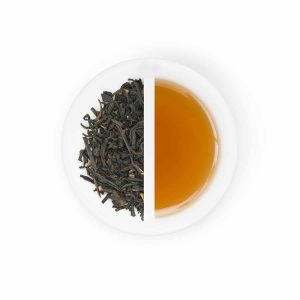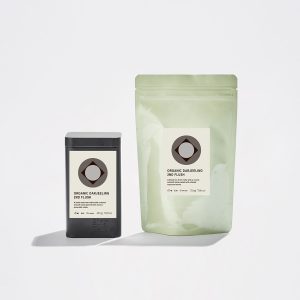Green tea is believed to have originated in China, but has spread to several countries in Asia over its 4,000-year history. Buddhist monks are believed to have brought tea to Japan around 1,400 years ago. The tea plant itself is basically the same in China and Japan, but there are differences in climate, soil and plant breeding. The biggest difference, however, is the actual processing of the harvested tea leaves. All tea comes from the same shrub, which in Latin is called camellia sinensis.
The difference between black and green tea is the degree of oxygenation/oxidisation:
Black tea is fully or partially oxidised for 12-24 hours, whereas green tea is not oxidised.
An enzyme in the green tea leaf starts the oxidisation process as soon as the leaf is plucked. To stop this process, Japanese green tea producers steam the freshly plucked leaves before packing them in airtight boxes and refrigerating them.
In China, oxidisation is stopped by briefly "frying" the leaves in a wok. This difference in processing gives Japanese green tea a grassy flavour, while Chinese green tea often has more delicate and floral notes. Chinese green tea is also often slightly more yellow in colour.



